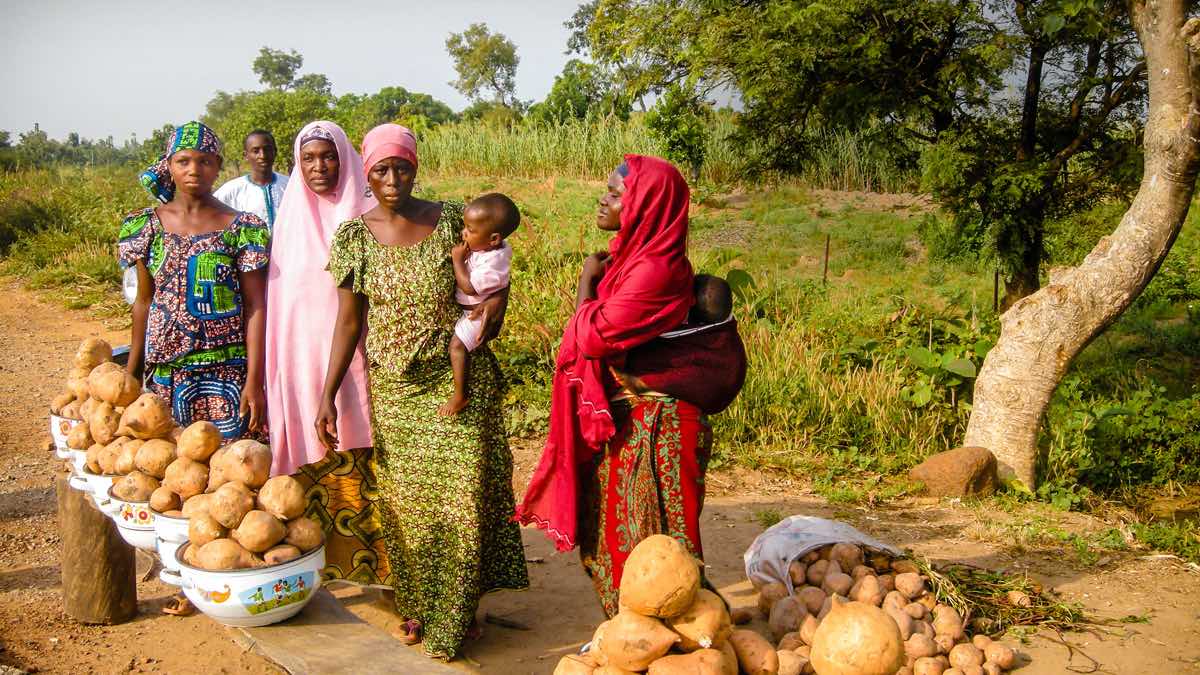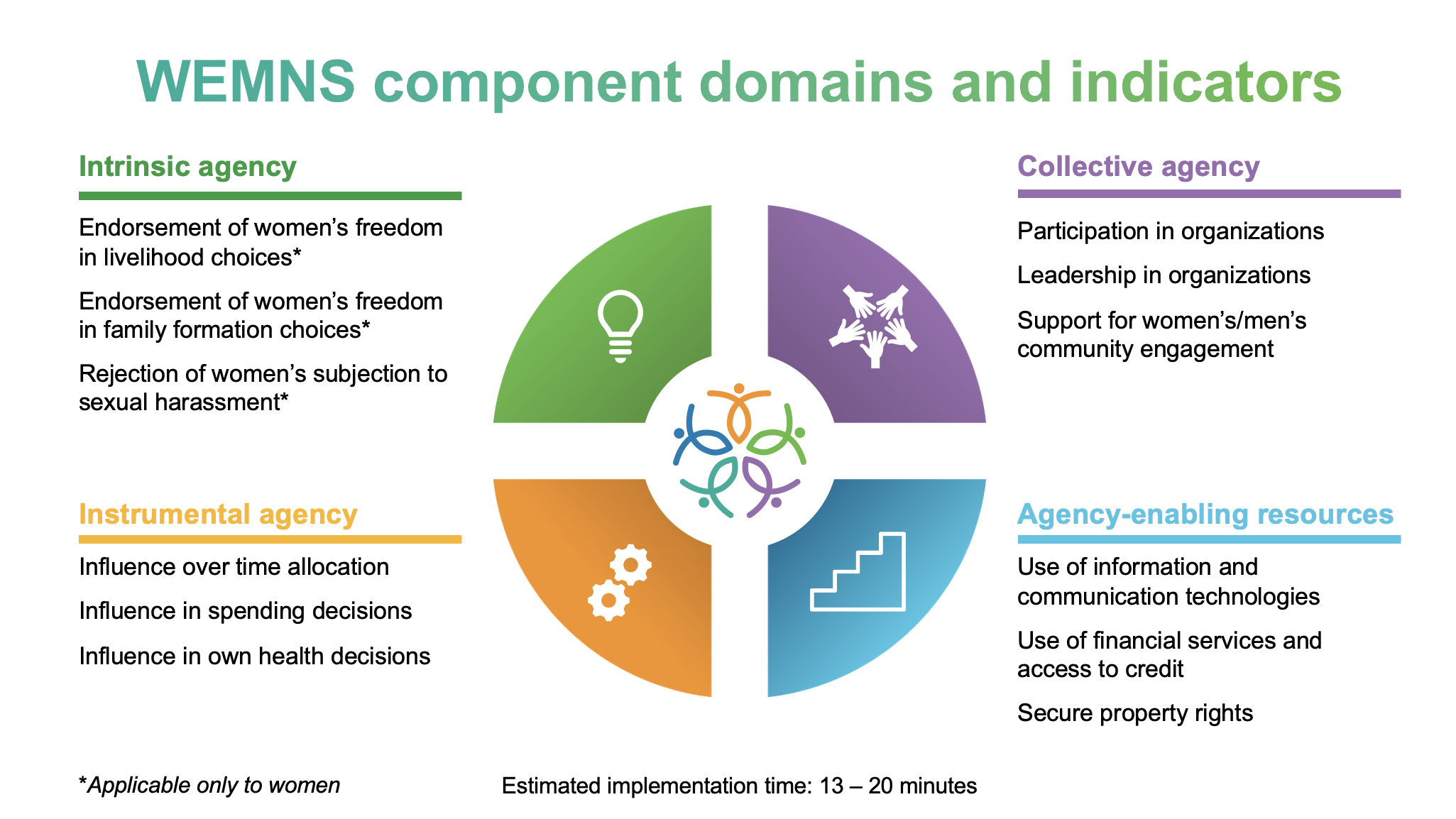When a natural disaster strikes, it takes its toll in lives, homes, and entire cities. What’s more, the costs of reconstruction are not strictly financial—it can also drain other resources geared toward long-term development outcomes such as capacity building, and food and nutrition security. Despite the outpouring of financial aid that often follows major catastrophes, the slow and unreliable funneling of those funds does little to help those directly affected and, in fact, hurts long-term development by redirecting resources from effective programs. So, how can governments prepare themselves and protect their citizens before a natural disaster occurs? Innovative new insurance plans suggest they pool their resources—and their risks.
In sovereign risk pools, countries contribute to a shared fund that ultimately provides claim payments if a covered disaster strikes. By joining together, governments can coordinate with one another to insure their uncertain fiscal liabilities at a lower cost. These arrangements can offer large benefits to countries in the developing world, where devastation from disasters can be amplified due to a scarcity of public funding for reconstruction. Under such a system, donors and member countries pay annual premiums, and, in exchange, insured governments receive claim payments when a natural disaster such as a severe drought strikes.
In Insuring Countries against Natural Disasters: Pool Rules, a new IFPRI policy brief, authors and risk-financing experts Daniel J. Clarke and Ruth Vargas Hill evaluate the costs and benefits of the African Risk Capacity risk pool and identify the following eight recommendations for maximizing the effectiveness of this risk-sharing pool and others like it:
- Make a clear but detailed contingency plan for how claim payments will be used. Pools ease budget constraints for disaster-affected governments by (a) disbursing claim payments and (b) enabling governments to responsibly commit to spend more during periods of bad weather. But the cost-benefit analysis of the African Risk Capacity pool found that a claim payment used solely to provide food aid—without any previously established mechanism of disbursement—resulted in an extra benefit of only $1.28 for every $1.00 spent. In contrast, the combination of payment with a safety-net scheme resulted in estimated welfare benefits of $1.90 for every $1.00 spent.
- Focus on large, infrequent payments and establish other systems to handle smaller events that occur more often. Researchers found that non-catastrophic weather shocks can add up to approximately 75 percent of the cost of long-term food security response. Mechanisms dedicated to financing small, frequent weather-related incidents will ensure that the pool is able to compensate for the catastrophic events that are harder to withstand.
- Create a large, diversified pool. Greater benefits are possible when diverse countries come together or when a pool has sufficient reserves to absorb shocks over a multi-year period. A large diversified pool will require less reinsurance, which will reduce costs.
- Cap administrative costs. If operational costs are too high, it may be more cost-effective for countries to jointly approach reinsurance markets rather than setting up a full pool.
- Establish clear, objective, and widely publicized criteria for payment conditions. Accurate markers for what qualifies as catastrophe—that is, what will trigger payouts to members—are essential and might require on-the-ground verification in addition to weather-index information.
- Consider all relevant disciplines and seek actuarial advice when establishing a new pool. Risk-sharing pools are complex: Assessing whether benefits outweigh costs requires an understanding of both how claim payments will be used in practice and how the pool will operate financially and logistically.
- Offer members incentives in addition to low-cost risk-transfer products.Sovereign catastrophe risk pools can play a pivotal role in risk-management policies at the local, national, and regional levels. In fact, the Caribbean Catastrophe Risk Insurance Facility did just that by developing high-quality risk models for policymakers and offering members financial and peer incentives to renew their policies.
- Carefully structure the pool during the design phase to avoid having to make expensive or difficult changes once it’s underway. It’s important for all members to understand the fine print before joining a pool. Setting a fixed period of donor capitalization (for example, three years) that’s subject to renewal might benefit the African Risk Capacity pool and other risk pools.
Related Materials







